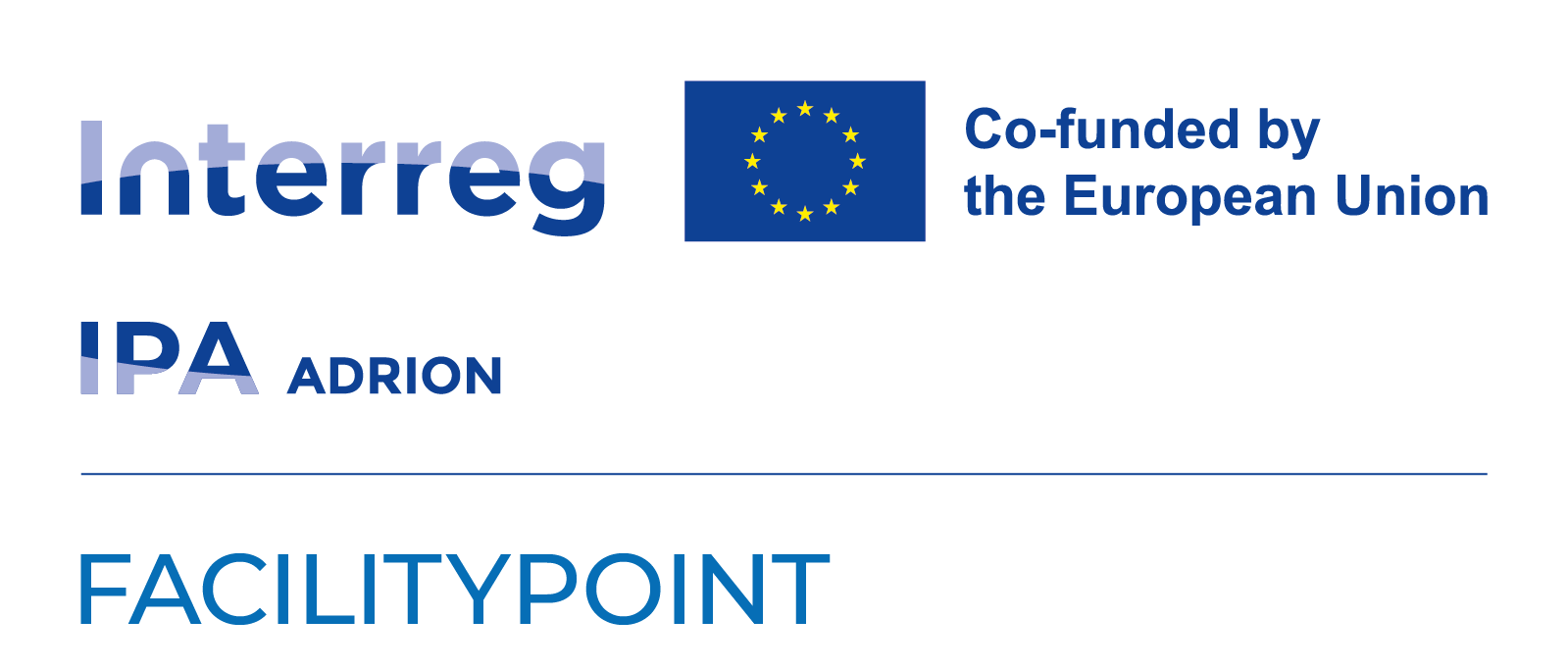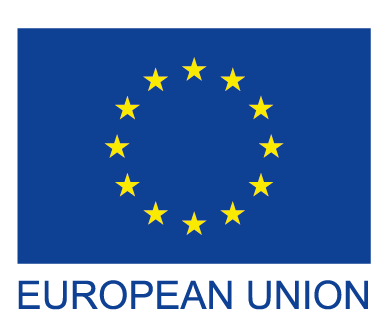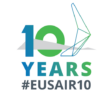EUSAIR Workshop – Green Ports in the future of the Adriatic-Ionian region: A strategic dialogue on decarbonisation, competitiveness and skills
On June 27, 2025, the online workshop “Is the Future of Port Systems Still Green? Balancing Decarbonisation, Competitiveness and Skills in the Adriatic-Ionian Macroregion” was held. The event was promoted by the Central European Initiative (CEI) and the Autonomous Region of Friuli Venezia Giulia, with support from the Coordinators of EUSAIR Pillar II – Transport and Energy, as part of the “Green Ports” initiative.
The workshop is part of the European Union Strategy for the Adriatic-Ionian Region (EUSAIR) and served as a key opportunity for dialogue among European institutions, port representatives, industry operators, and the education sector.
The session was opened by Pierluigi Coppola, EUSAIR Pillar II Transport Coordinator, and Carlo Fortuna, Programme Manager of the Central European Initiative, who emphasized the importance of an integrated approach to the green transition in Adriatic-Ionian ports.
Key contributions included:
- Andrea Ballarin (CEI) introduced the analytical framework behind the initiative;
- Peter Czaga (European Commission, DG MOVE) presented EU policies for port decarbonisation;
- Isabelle Ryckbost (ESPO) shared the European ports’ perspective on the green transition;
- Reza Karimpour (Magellan Circle) showcased the “Port Energy Transition Masterplan”;
- Giuseppe Siciliano (PTSCLAS) discussed EUSAIR’s role in defining green and smart ports in the region.
The workshop explored the role of energy and digital transition in Adriatic-Ionian ports, focusing on innovative and sustainable technologies, shared challenges and opportunities to meet climate goals while maintaining energy efficiency, and identifying training needs to support the green transition, contributing to the broader goals of the European Pact for Skills.
The discussion highlighted:
✔️ Main challenges in port decarbonization
✔️ Future perspectives of EU and macroregional policies
✔️ Recognition of ports as key players in the green transition and industrial competitiveness
The “Green Ports” initiative will continue in the coming months with a workshop dedicated to training institutes and universities in the EUSAIR area (September 2025), culminating in an in-person workshop in Trieste on October 16, 2025, titled “Green and Smart Ports: Shaping the Future of Green Transition and Skills Development in the Adriatic-Ionian Region”.
You might be interested in
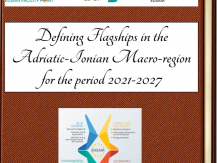
EUSAIR flagships all summed up!

The Hellenic Republic assumes the Presidency of the EU Strategy for the Adriatic and Ionian Region (EUSAIR) (1 June 2024 – 31 May 2025)
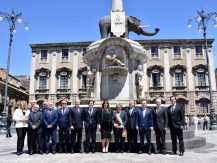
3rd EUSAIR Annual Forum – CATANIA DECLARATION

